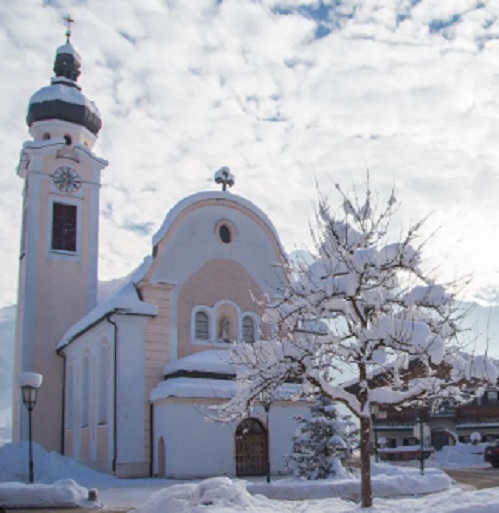The Song from Heaven

The world’s most beloved carol, Silent Night, has a fascinating history.
Written in German on Christmas Eve 1818 in the Austrian village of Oberndorf, “Stille Nacht” was the title given by its lyricist, a young priest named Joseph Mohr. He wanted something special for the Midnight Service at the village church of St. Nicholas. But the church organ had broken, not a single note could be squeezed from it.
He walked around the snow-covered village and beheld a picture of peace and calm.
Mohr wrote quickly and with confidence: “Silent Night, Holy Night… all is calm, all is bright…” He sent it, post haste, to the choir leader, Franz Gruber, asking him to set it to music. The tune was finished in a few hours. They sang it together at midnight to guitar accompaniment with the choir repeating the last lines in perfect harmony.
When spring arrived, a repair man arrived to fix the organ and discovered a copy of “Stille Nacht” lying in a cupboard! He took the carol with him as he travelled around the country, mending and building organs.
A group of strolling players adopted it into their repertoire and one family performed it for the King of Prussia.
In World War, I, it was famously sung on Christmas Eve in the trenches by German soldiers. Men from both sides randomly suspended hostilities and crossed over “No man’s land” to exchange gifts and play football.
Men from both sides crossed over “No man’s land” to exchange gifts and play football. Silent Night was sung simultaneously in French, German and English.
